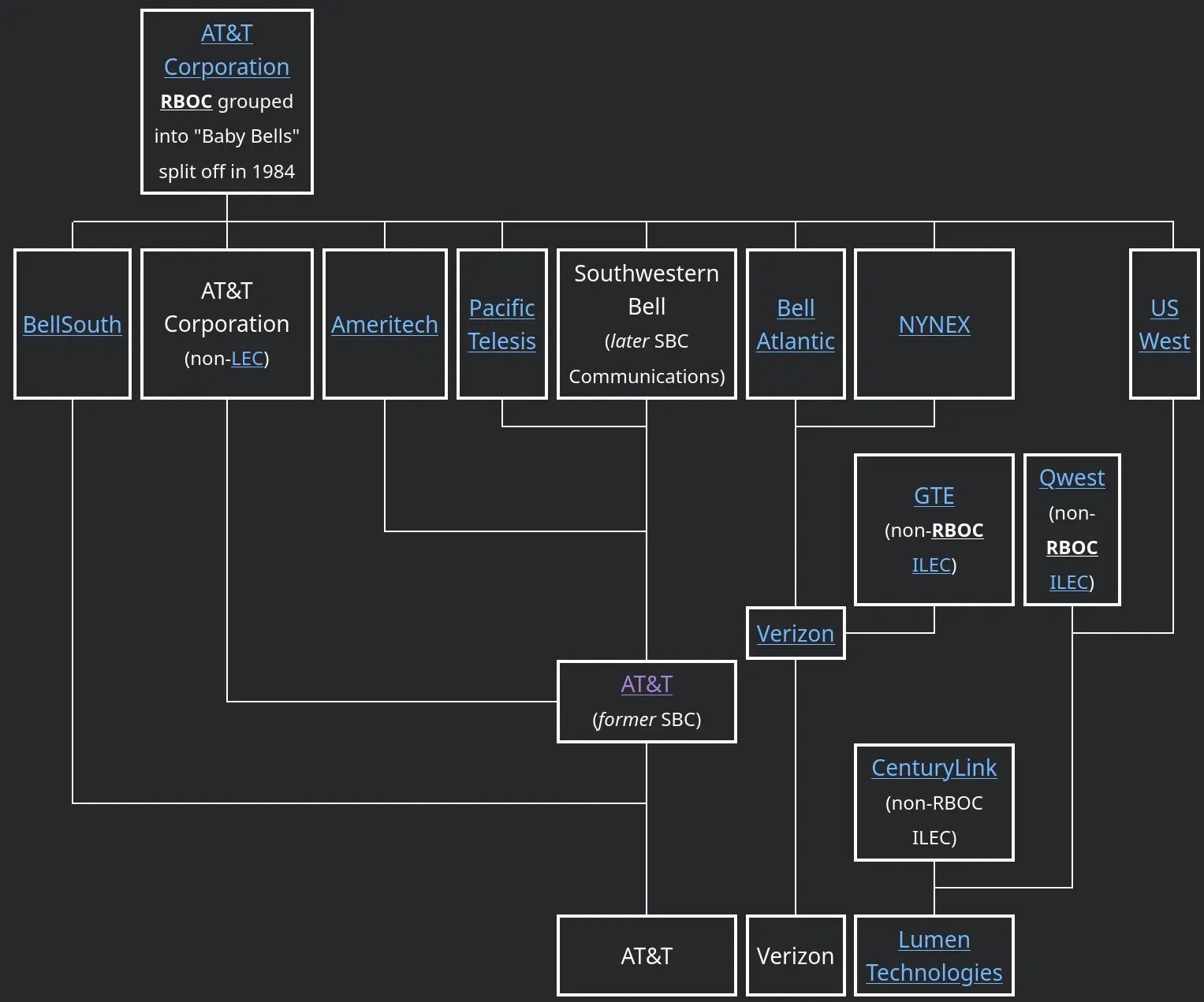baltakatei
/ˈbɑːltəkʊteɪ/. Knows some chemistry and piping stuff. TeXmacs user.
Website: reboil.com
Mastodon: [email protected]
- 103 Posts
- 183 Comments

 2·2 months ago
2·2 months agoIs Elmesia (?), the elf monarch, the head of state of the Sorcerous Kingdom? If so, shouldn’t it be Queendom? Also, besides the really short fights with Razen and some of the religious zealots, as well a Elmesia’s wariness, I still don’t have a good idea of Diablo’s capabilities nor the reason why he’s so interested in Rimuru. I recall Diablo was very interested in the mask Rimuru’s body’s previous owner used, but I fail to see what that has to do with Rimuru since he wasn’t around yet.
It is Kefkaʼs Tower, according to “Final Fantasy Ultimania Archive, Volume 1” (2018). Dark Horse Books. Page 259 of 335. ISBN: 978-1-50670-644-3. OCLC: 1043915833.


 31·3 months ago
31·3 months agoGranted, but it is endless because it supplies itself with water from your blood.
You know she’s a competent teacher because she never loses her head.
Utah: Monticello (Italian, but locally pronounced “monta sell-oh”)
You’re telling me there is no Walla Walla, England?
 2·3 months ago
2·3 months agoYo estaba pensando por qué no había “Share full article links” en los artículos. Pensaba que era un síntoma de que mi cuenta estaba registrada en los EE.UU.

 4·3 months ago
4·3 months agoElves can live over a thousand years (one dark elf we know of is blessed by their evil deity and is over 5,000), but dwarves only about 2-400 years (I think?) and half lings about 100-150ish, humans standard 80.
After reading The Age of Em (2016) by Robin Hanson, I wish there were stories about races that went the other way, lifespan-wise: extremely small people who lived only 1 year, even smaller people who lived only 1 month, some very extremely small but very powerful ones that lived only a day, etc. The idea is that artificial people (emulated people, or Ems) could have subjectively similar characteristics and experiences to the larger physical entities (e.g. humans, but perhaps even dwarves, elves, and etc., since theyʼre just emulated minds), but their artificial emulated substrate allows their minds to develop and age orders of magnitude faster; they also could solve certain problems orders of magnitude faster but practical limitations on delays between thought and physical interactions (your mind would waste away if you had to wait a whole subjective hour between each physical step during a walk with a standard 1.5 meter body) require their bodies to be very small.
To ems that are smaller and faster, sunlight seems dimmer and shows more noticeable diffraction patterns. Magnets, waveguides, and electrostatic motors are less useful. Surface tension makes it harder to escape from water. Friction is more often an obstacle, lubrication is harder to achieve, and random thermal disruptions to the speed of objects become more noticeable. It becomes easier to dissipate excess body heat, but harder to insulate against nearby heat or cold (Haldane 1926; Drexler 1992).
A crude calculation using a simple conservative nano-computer design suggests that a matching faster-em brain might plausibly fit inside an android body 256 times smaller and faster than an ordinary human body (Hanson 1995).
Compared with ordinary humans, to a fast em with a small body the Earth seems much larger, and takes much longer to travel around. To a kilo-em, for example, the Earth’s surface area seems a million times larger, a subway ride that takes 15 minutes in real time takes 10 subjective days, an 8-hour plane ride takes a subjective year, and a 1-month flight to Mars takes a subjective century. Sending a radio signal to the planet Saturn and back takes a subjective 4 months. Even super-sonic missiles seem slow. However, over modest distances lasers and directed energy weapons continue to seem very fast to a kilo-em.
Call them speedlings, or some variant of sprite, but I think its an interesting world-building concept.

 10·3 months ago
10·3 months agoOr authors could preëmptively declare their works to be in the public domain upon their death.
I wish Creative Commons had a license like that. Something like
CC PDD(Public-Domain-on-Death) which would activate upon the creator’s death, allowing them and publishers to freely monetize their work while they’re alive, but which would release the work into the public domain immediately after.It might even incentivize music and book publishers to get their artists health insurance. 😃
PLATO: An automobile is craft with an internal combustion engine, crankshaft, and wheels.
DIOGENES wheels in a HONDA GX630 PRESSURE WASHER
DIOGENES: Behold! An automobile!
“Create a python script to count the number of
rcharacters are present in the stringstrawberry.”The number of 'r' characters in 'strawberry' is: 2
deleted by creator

 1·3 months ago
1·3 months agodeleted by creator
 2·3 months ago
2·3 months agoDe nada. Espero que puedan compartir algunos artículos del New York Times acá con los demás.
“That all life beyond this planet never existed, no matter how irrationally improbable that may be.”

 1·3 months ago
1·3 months agoLuckily it’s been so long since I’ve read this part that I can enjoy what happens since I’ve forgotten this arc.

 81·3 months ago
81·3 months agoTime to rip off the bandage. https://linuxmint.com/ https://www.debian.org/

 161·3 months ago
161·3 months agodon’t let them slowly re-consolidate in the following 20 years
I too remember how AT&T was broken up only for most of its Baby Bells to remerge back into Ma Bell.

To prevent this for future breakups, I say the content and services sold by big tech should be made competitively compatible and interoperable via nullification of DRM laws; people buy music and movies and cloud storage; let them legally move their purchases to any competitor and big tech companies will break up naturally as local competitors emerge from people who dislike big tech for their own reasons. Monopolies cannot be trusted to lower prices for content and services. Legally nullifying DRM is like the FCC telling customers in 1968 that it was finally okay to ignore the “Bell equipment only” legal warning that had kept them locked into leasing their telephone sets for usurious amounts from AT&T for decades. A few years later, in 1982, AT&T was broken up. AT&T is almost a total monopoly again, but phones remain interoperable.























Thanks for the info!
I’m looking forward to seeing the explanation connecting Diablo, Rimuru, and the mask.